 您的购物车当前为空
您的购物车当前为空
Nε-(1-Carboxyethyl)-L-lysine
一键复制产品信息产品编号 T85157Cas号 5746-03-2
别名 Nε-(Carboxyethyl)lysine, Nε-(1-羧乙基)-L-赖氨酸, CEL
Nε-(1-Carboxyethyl)-L-lysine(CEL)是一种晚期糖基化终产物 (AGEs),是甲基乙二醛对蛋白质进行化学修饰的产物。CEL暴露能够减少海马中谷氨酸摄取和S100B分泌,可用于研究衰老、代谢和糖尿病。
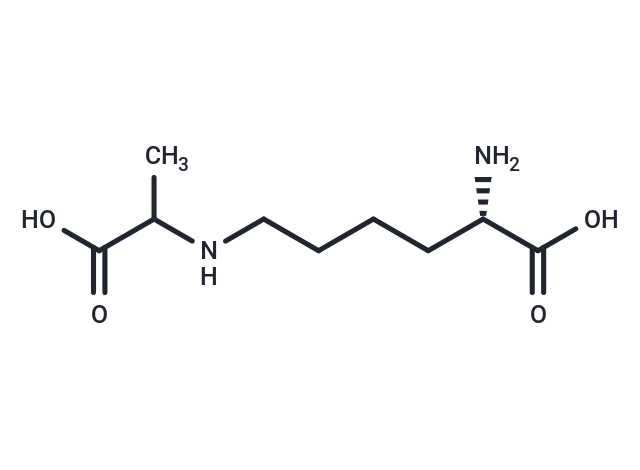
Nε-(1-Carboxyethyl)-L-lysine
一键复制产品信息产品编号 T85157 别名 Nε-(Carboxyethyl)lysine, Nε-(1-羧乙基)-L-赖氨酸, CELCas号 5746-03-2
Nε-(1-Carboxyethyl)-L-lysine(CEL)是一种晚期糖基化终产物 (AGEs),是甲基乙二醛对蛋白质进行化学修饰的产物。CEL暴露能够减少海马中谷氨酸摄取和S100B分泌,可用于研究衰老、代谢和糖尿病。
| 规格 | 价格 | 库存 | 数量 |
|---|---|---|---|
| 1 mg | ¥ 785 | In stock | |
| 5 mg | ¥ 1,950 | In stock | |
| 10 mg | ¥ 2,970 | In stock |
大包装 & 定制
加入购物车
TargetMol 的所有产品仅用作科学研究或药证申报,不能被用于人体,我们不向个人提供产品和服务。请您遵守承诺用途,不得违反法律法规规定用于任何其他用途。
Nε-(1-Carboxyethyl)-L-lysine 相关产品
产品介绍
生物活性
化学信息
| 产品描述 | Nε-(1-Carboxyethyl)-L-lysine (CEL) is an advanced glycation end-product (AGE), resulting from the chemical modification of proteins by methylglyoxal. Exposure to CEL reduces glutamate uptake and S100B secretion in the hippocampus, making it useful for studying ageing, metabolism, and diabetes. |
| 别名 | Nε-(Carboxyethyl)lysine, Nε-(1-羧乙基)-L-赖氨酸, CEL |
| 分子量 | 218.25 |
| 分子式 | C9H18N2O4 |
| CAS No. | 5746-03-2 |
| 颜色 | White |
| 物理性状 | Solid |
储存&溶解度
| 存储 | store at low temperature | Powder: -20°C for 3 years | In solvent: -80°C for 1 year | Shipping with blue ice/Shipping at ambient temperature. |
计算器
体内实验配液计算器
请在以下方框中输入您的动物实验信息后点击计算,可以得到母液配置方法和体内配方的制备方法:
剂量转换
对于不同动物的给药剂量换算,您也可以参考 更多
引用文献
评论列表
Related Tags: buy Nε-(1-Carboxyethyl)-L-lysine | purchase Nε-(1-Carboxyethyl)-L-lysine | Nε-(1-Carboxyethyl)-L-lysine cost | order Nε-(1-Carboxyethyl)-L-lysine | Nε-(1-Carboxyethyl)-L-lysine chemical structure | Nε-(1-Carboxyethyl)-L-lysine formula | Nε-(1-Carboxyethyl)-L-lysine molecular weight










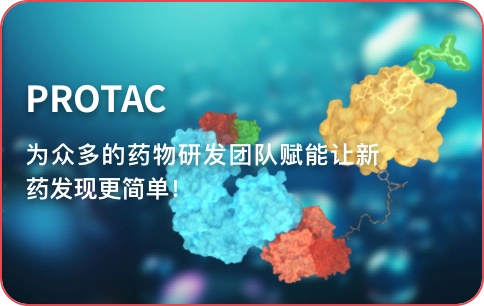
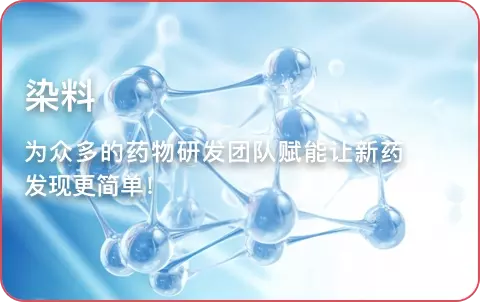






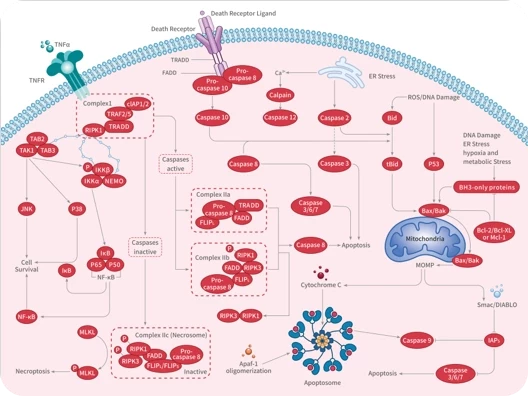
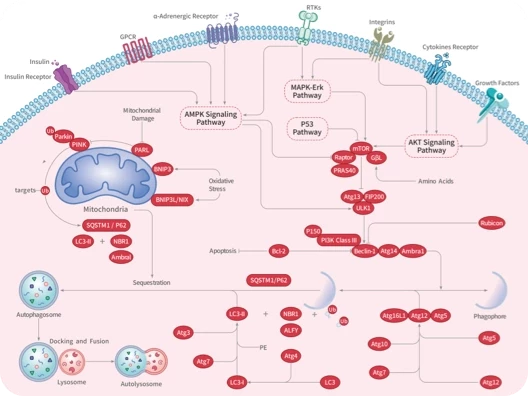

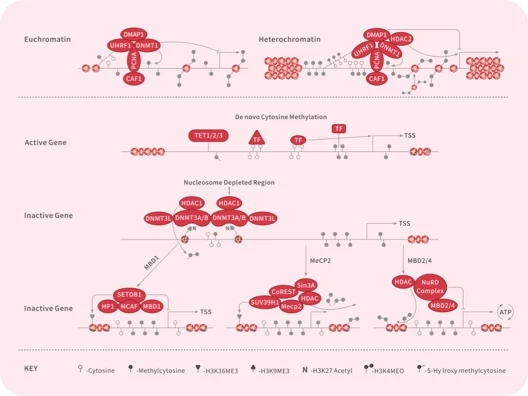
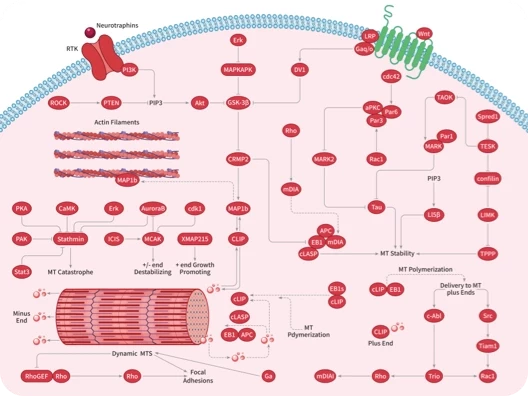
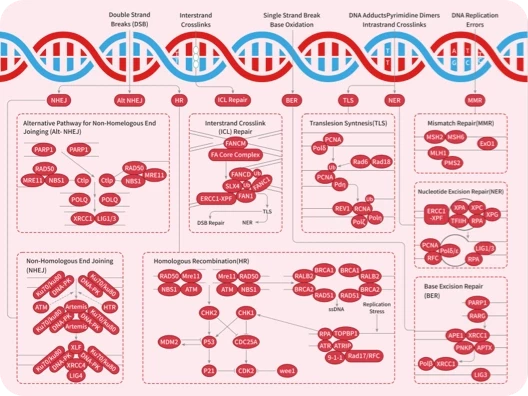
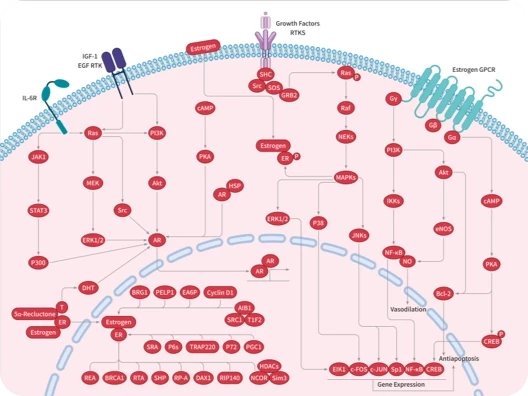
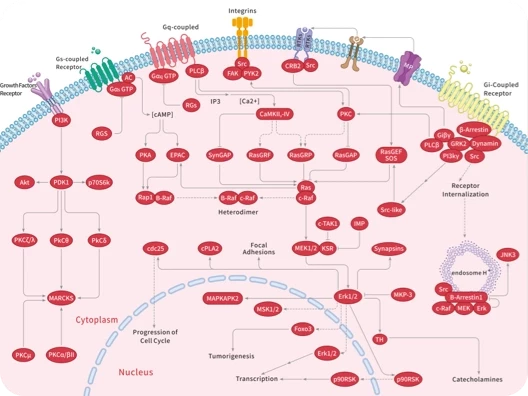
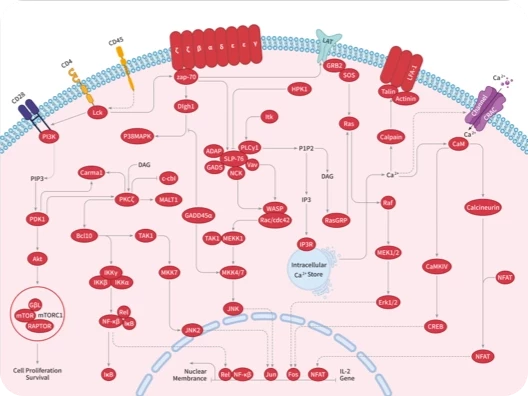
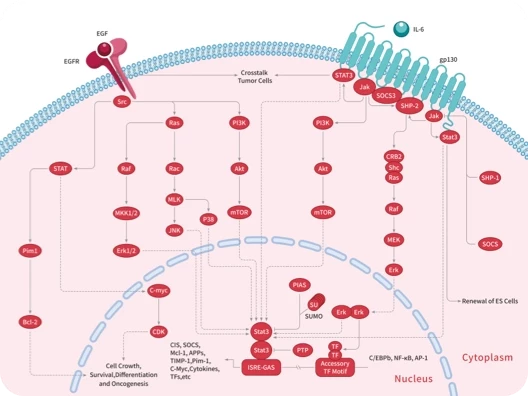
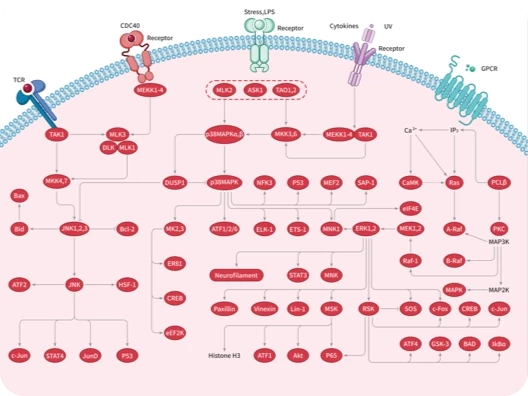
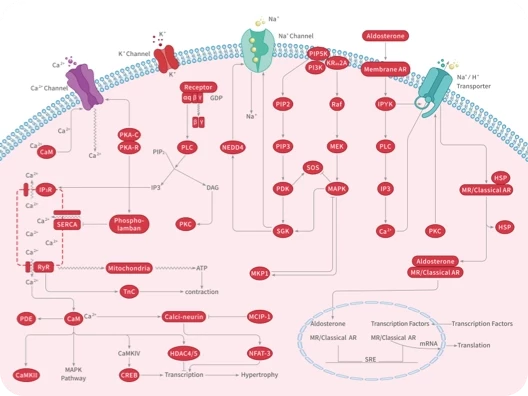
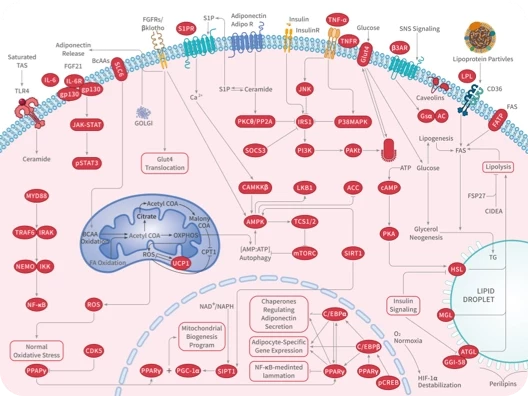
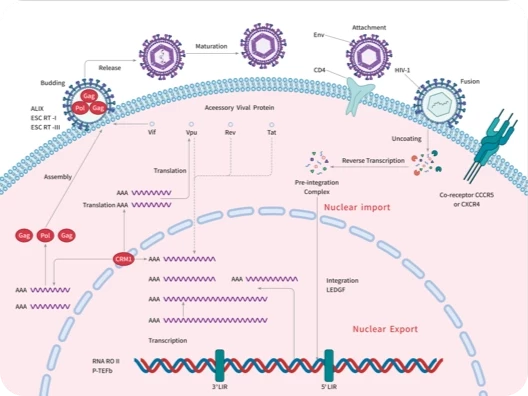

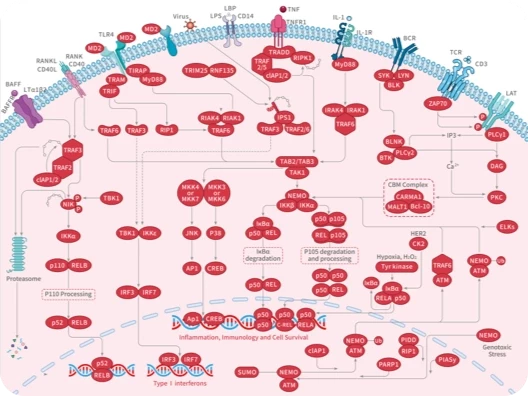
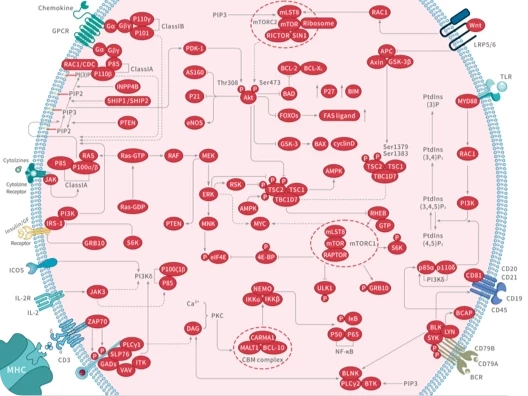
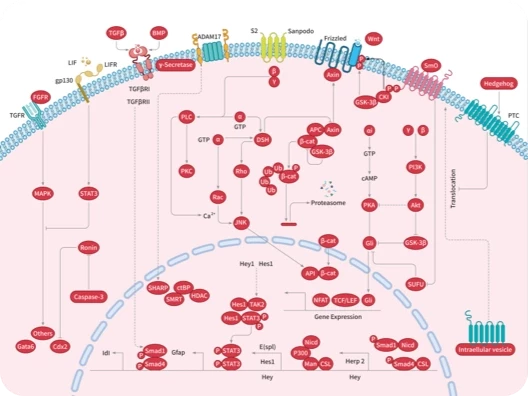
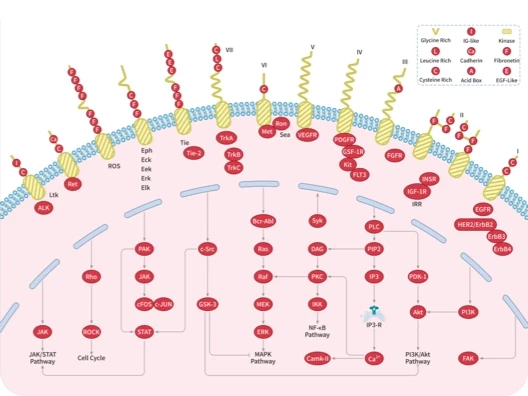
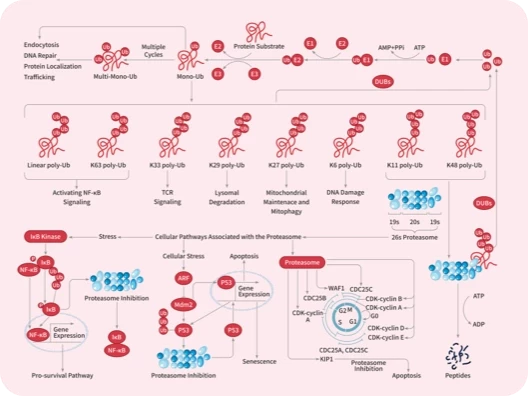

 很棒
很棒

 |
|
评论内容